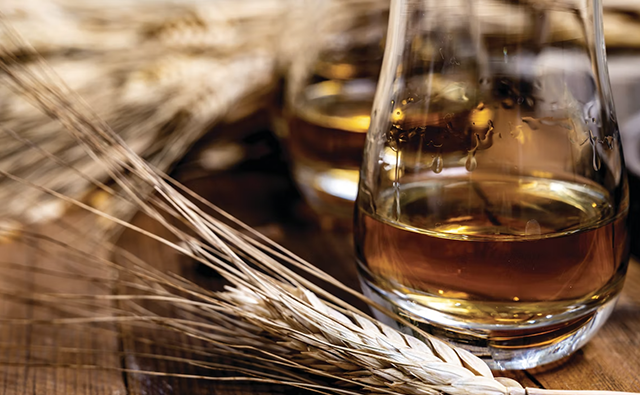Industry News, Flavor & Fragrance Industry
Flavor Bites: Ethyl 3-hydroxybutyrate

Industry News, Flavor & Fragrance Industry

Feature image courtesy of perfumerflavorist.com
One of the most interesting terms that finds its way into a great many projects is “fresh.” Fresh is a complex descriptor and can mean entirely different things in different contexts. The ingredients that drive freshness in a fish flavor will not drive freshness in a milk or a banana flavor. Ethyl 3-hydroxybutyrate (FEMA# 3428, CAS# 5405-41-4) applies mostly to fruit flavors and often forms a significant component of the perception of freshness. At first sniff, it is not an obviously powerful chemical, soft and fruity, with a hint of pineapple. The effectiveness of ethyl 3-hydroxybutyrate lies in its effect in combinations with other esters, especially ethyl butyrate.
Note that the dose rates given throughout this article are the levels suggested for use in flavors intended to be dosed at 0.05% in ready-to-drink beverages or in a simple bouillon
Grapefruit juice: Ethyl 3-hydroxybutyrate is an ideal ingredient in all citrus flavors and grapefruit is no exception. Levels of 100 ppm transform a mundane grapefruit concoction into a juicy revelation.
Lemon juice: The same 100 ppm level works equally well in lemon juice flavors. It is especially effective in flavors with noticeable methyl jasmonate levels.
Orange juice: The orange flavor citrus family is where ethyl 3-hydroxybutyrate is most effective. Levels of 200 ppm add the character of freshly squeezed juice.
Yuzu: Within the broad orange and mandarin family, yuzu flavors can be the most challenging, and 50 ppm of ethyl 3-hydroxybutyrate helps convey authenticity.